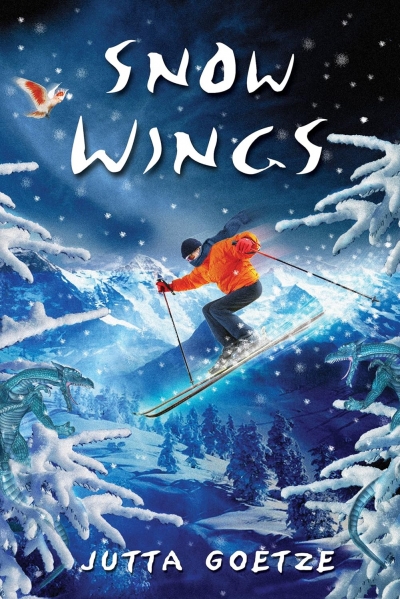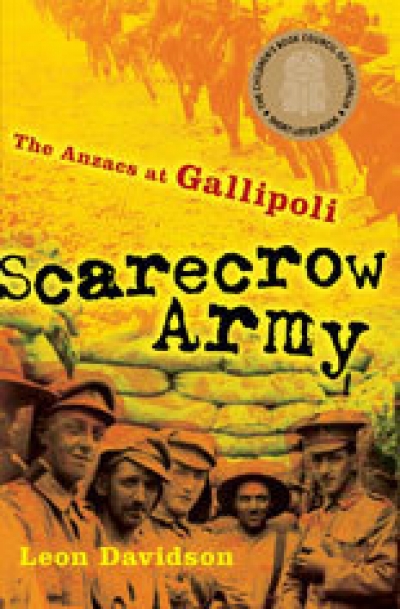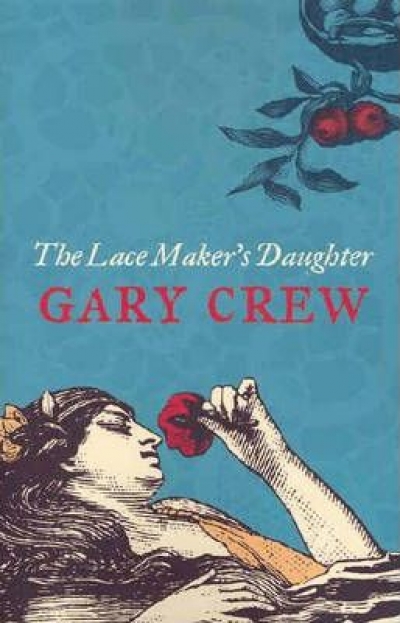Penguin
Rivals by Bill Emmott & The New Asian Hemisphere by Kishore Mahbubani
The Word Spy by Ursula Dubosarsky (illus. Tohby Riddle) & The Reading Bug and How to Help Your Child Catch It by Paul Jennings
The Content Makers: Understanding the media in Australia by Margaret Simons
The Defence and Fall of Singapore 1940–1942 by Brian P. F & Singapore Burning by Colin Smith
Here are five reasons why there is a literacy crisis in Australia. It is not about teacher-training; it’s about appallingly conservative publishing choices and the positioning of ‘reading’ as something that needs to be slipped under the radar of children’s attention, rather than celebrating it as one of life’s biggest adventures. What these novels share is a commitment to sport as a structuring narrative principle. Australian Rules, rugby union, netball, athletics, soccer: the sports and titles change, but the overall arc remains the same. In this respect, these books feel market-driven: generic responses to some global marketing division called ‘encouraging reluctant readers’. While this enterprise is not unworthy, the assumption that children who are not reading will be automatically attracted to novels about organised sport seems dubious.
... (read more)








